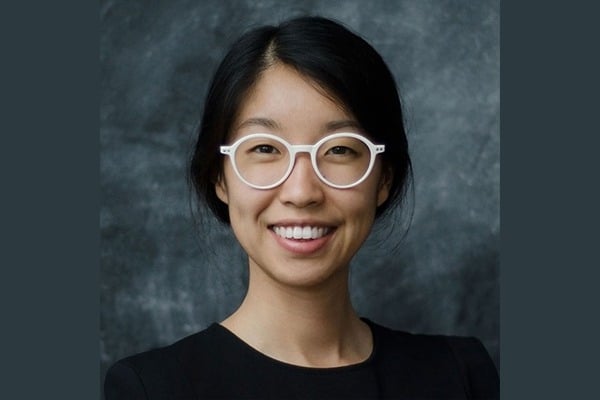Jean Fan ’13 joined the Johns Hopkins Department of Biomedical Engineering as an assistant professor in July 2020 after completing her postdoctoral fellowship at Harvard University. In this interview, Fan discusses her research using imaging and sequencing technologies to study genes, the impact she hopes her work will produce, her non-profit organization that works to encourage young girls to become interested in science, and more.
What made you pursue a career in engineering?
Growing up, I’ve always enjoyed making stuff. When I was younger, I wanted to make art–specifically, I wanted to take photos. Later, when I learned about engineering, I found that beyond making tools, technologies, and software, engineering allowed me to also apply these things I made to contribute to the fundamental understanding of our bodies and the natural world. I thought that was very neat!
Why did you choose Johns Hopkins BME? What are you looking forward to most?
I did my undergraduate training at Johns Hopkins in BME. Back then, I was only able to get a glimpse into the phenomenal research being done here. But I appreciated the accessibility of opportunities to get involved with cutting-edge scientific research, and the collegiality and supportiveness of the people I met. I look forward to passing this opportunity on to the students I mentor.
Can you give a brief overview of your current research?
Cells within our bodies interact with each other and express different genes that allow them to conduct different functions. When cells begin interacting in abnormal ways and/or genes become aberrantly expressed, diseases may manifest.
My lab applies imaging and sequencing technologies to measure which genes are expressed in which cells, and to profile how these cells are spatially organized within tissues for hundreds to thousands of genes, and thousands to millions of cells. As you can imagine, the resulting data is quite large but also noisy, not to mention high dimensional and complex. So my lab develops machine learning and statistical approaches to analyze this data in order to address questions regarding disease pathogenesis and progression. We are particularly interested in glial development and pediatric gliomas. We further make these statistical approaches available to the broader scientific community as open-source software.
Have you ever experienced a “eureka moment?”
I would like to! But I recognize that most of my seemingly sudden moments of scientific insight have been built on the shoulders of the many years of careful scientific advances made by others before me. And likewise, such moments of insight are often followed by months, if not years, of critical evaluation to try to prove the insight false! If the insight turns out to be false, then that’s just another day of science. If it turns out to be true, maybe then I will be able to call it a “eureka moment.”
What do you consider your biggest research accomplishment so far?
My previous research has contributed multiple statistical approaches for single-cell analysis that we have applied to label as discoveries regarding cell-types and subtypes in the brain, and how cell states evolve over time in cancers such as chronic lymphocytic leukemia. These statistical approaches, available as open-source software, have been further adopted by the scientific community and applied to diverse biological systems. However, my biggest research accomplishment so far is our computational approach for visualizing cellular developmental trajectories (preprint and software) led by a phenomenal student, Lyla Atta, on my team because it represents a tangible transfer of my knowledge and skills to the next generation of scientists.
What impact would you like your work to have?
I would like my work to impact 1) my students by empowering them with valuable computational skills through project-driven learning, 2) the broader scientific community by providing them with tools to drive their own biological research questions, and 3) patients by enhancing our collective understanding for the role of cellular spatial organization in their diseases that may hopefully lead to improved healthcare outcomes.
What are your goals for the future?
In the immediate future, my goal is to secure grants and collaborations that will allow me to provide funding and resources to train a diverse team of aspiring scientists and engineers.
Do you have any career advice to offer to current students?
Surround yourself with peers, mentors, advocates, and sponsors who are willing to challenge you by offering critical but constructive feedback, and support you by offering the resources for you to make mistakes and try again. Learn to advocate for yourself and also for your community. And be wary of how survivorship bias may distort our views on what it takes to be successful, and subsequently, on who is given a voice in offering career advice.
What do you enjoy doing outside the lab?
I am the founder and director of the non-profit organization CuSTEMized, which makes personalized picture storybooks to encourage young girls to see themselves as scientists. I also still enjoy making art both with a camera and with code.

